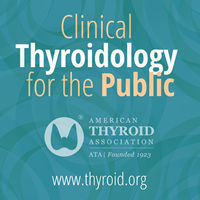Summary
Background
Solid‐organ transplant recipients (SOTRs) are at risk of developing vitamin D deficiency, mainly caused by reduced sunlight exposure with subsequent low vitamin D synthesis in the skin.
Aim
To analyse whether SOTRs from a Spanish Mediterranean region were vitamin D‐deficient.
Methods
This was a cross‐sectional, descriptive and observational study in a transplantation‐specialized Dermatological Unit from a Mediterranean area to determine the calcidiol levels of a cohort of 78 consecutively attending patients not receiving vitamin D supplements. Serum 25(OH)D3 levels were determined and clinical characteristics were collected. Logistic regression analysis was used to analyse variables associated with dichotomized 25(OH)D3 levels (≤ or > 10 ng/mL).
Results
The cohort comprised 30 lung, 29 kidney and 19 liver transplant recipients. Mean calcidiol was 18 ± 9 ng/mL. Deficiency of 25(OH)D3 was present in 19% of patients, while 68% had insufficient levels and 13% had sufficient levels. Following multivariate logistic regression analysis, the season of blood sampling remained the only predictor of deficient 25(OH)D3 levels.
Conclusion
Despite living in a mid‐latitude country with sunny weather, our SOTR population was at high risk of developing hypovitaminosis D, especially in autumn/winter. Avoiding sun exposure is important to prevent skin cancer, but careful monitoring of vitamin D status is recommended, with supplementation if hypovitaminosis D is detected.
http://bit.ly/2HEBdRa

